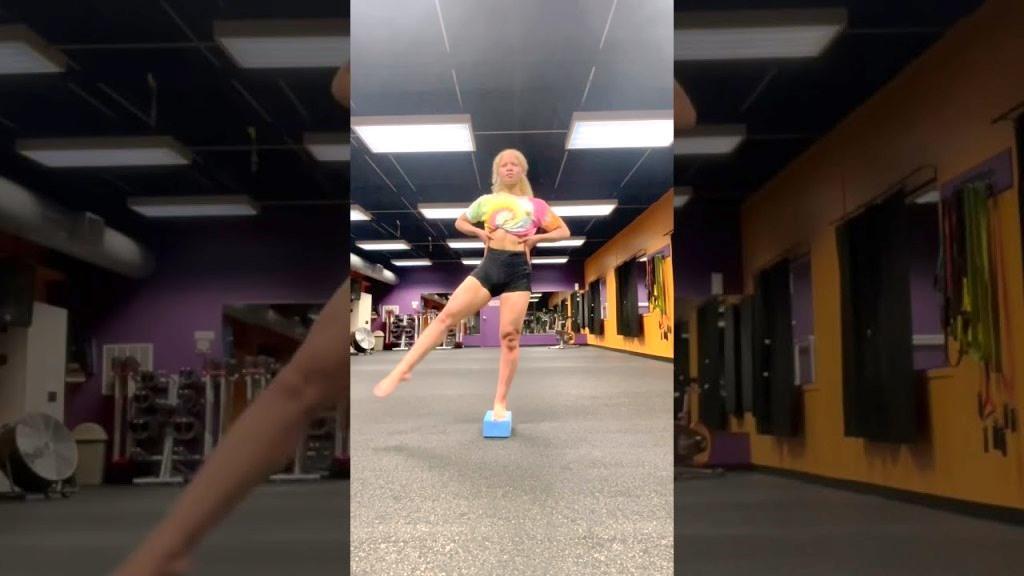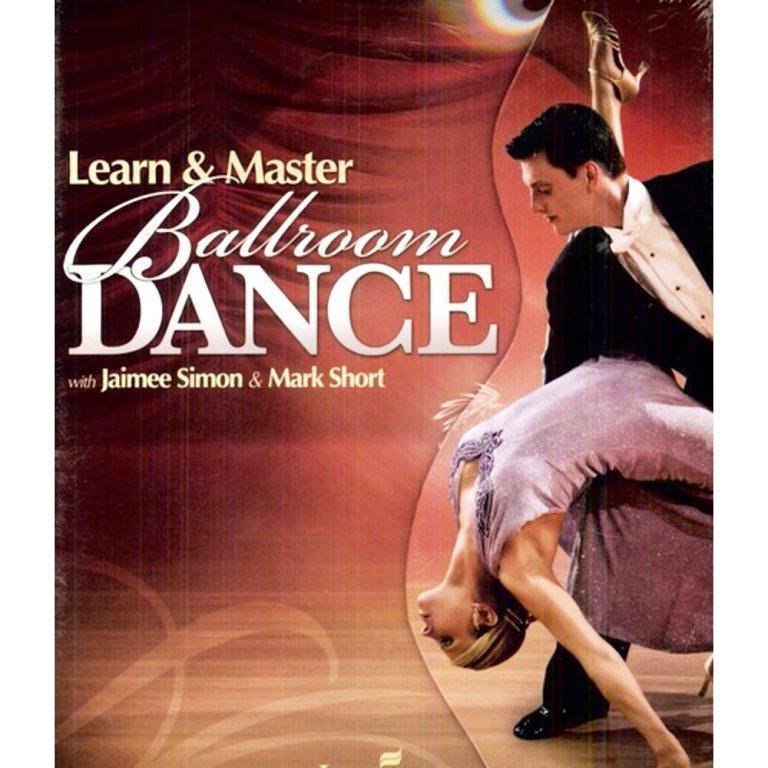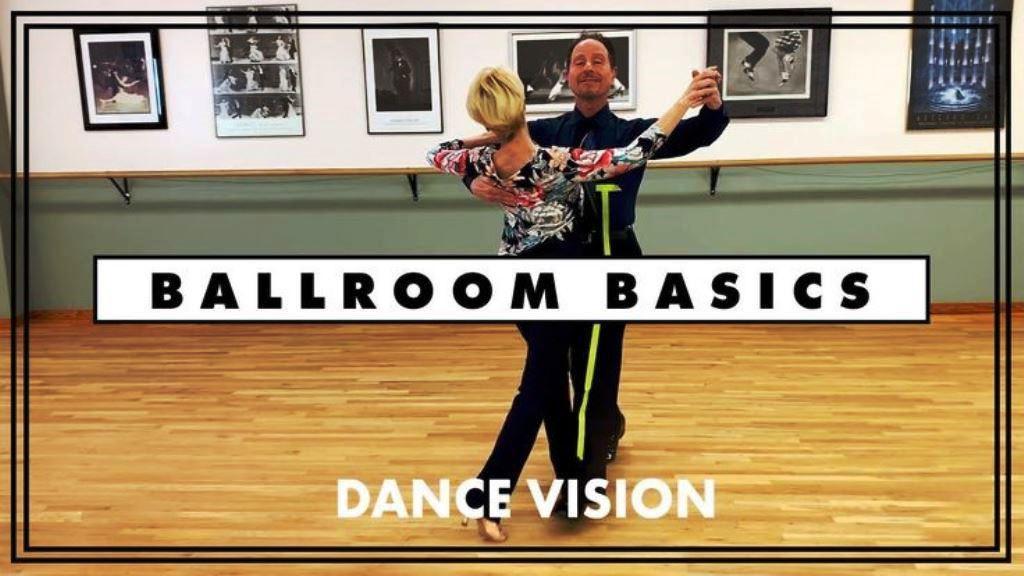
1. Introduction: What is Ballroom Dance and why is Balance Important?
Introduction: What is Ballroom Dance and why is Balance Important?
Ballroom dance is a form of partner dancing that has been popular in Britain for centuries. It is a social dance style that is often seen in competitions, exhibitions, and performances. Ballroom dancing is based on a variety of different dancing styles, such as the waltz, foxtrot, tango, and cha-cha.
The key to mastering ballroom dance is balance. Balance is important for both partners to be able to move in unison and to be able to perform the steps and figures of the dance. Balance also helps to create the graceful and elegant lines that are the hallmark of ballroom dancing.
The Role of the Leader and Follower in Ballroom Dance
In ballroom dance, one partner is the leader and the other is the follower. The leader sets the pace of the dance and leads the couple through the steps and figures. The follower responds to the leader’s lead and follows the leader’s movements. The leader and follower must both maintain good balance in order to move in unison and create the desired effect.
The Importance of Posture and Body Position
In order to maintain good balance in ballroom dance, both partners must maintain good posture and body position. The leader should stand tall and keep their arms and legs straight, while the follower should keep their arms and legs slightly bent. The couple should maintain a good distance between them and keep their heads in line with each other.
Practice and Patience
Maintaining balance in ballroom dance takes practice and patience. As the couple learns to move in unison and become comfortable with the steps and figures of the dance, their balance will improve. With practice and patience, the couple will be able to master the balance of ballroom dance and create beautiful and graceful lines.
2. Types of Balance in Ballroom Dance
Types of Balance in Ballroom Dance
Balancing is an important part of ballroom dancing, and there are several different types of balance that can be used.
Static Balance
Static balance is the simplest type of balance used in ballroom dancing. This type of balance is used when the dancer is in one position for a few seconds, such as when they are performing a pirouette. The dancer must maintain their balance and hold the position for a few seconds before moving on.
Dynamic Balance
Dynamic balance is a more complex type of balance used in ballroom dancing. This type of balance is used when the dancer is constantly changing their position, such as when they are performing a series of turns. The dancer must constantly adjust their balance and position to maintain the desired shape and keep the momentum of the dance going.
Spiral Balance
Spiral balance is a type of balance used in ballroom dancing that involves the dancer spinning in a spiral pattern. This type of balance is used when the dancer is performing a series of turns and spins. The dancer must constantly adjust their balance and position to maintain the desired shape and keep the momentum of the dance going.
Counter Balance
Counter balance is a type of balance used in ballroom dancing that involves the dancer and their partner working together to maintain balance. This type of balance is used when the dancer and their partner are performing a series of turns and spins. The dancer and their partner must work together to maintain their balance and keep the momentum of the dance going.
3. Tips for Mastering Balance in Ballroom Dance
1. Understand the Basics of Balance
Balancing in ballroom dance is all about understanding the basics of the dance. It is important to know how to properly stand, move, and turn. Proper posture is key, as it helps to keep balance and maintain control of the body. Additionally, it is important to understand the different types of turns, as these can help with balance.
2. Practice, Practice, Practice
The best way to improve your balance in ballroom dance is to practice. There are many different exercises and drills that can help to improve your balance. Additionally, it is important to practice with a partner to help develop a sense of balance between the two of you.
3. Tips for Mastering Balance in Ballroom Dance
a. Use Visualization
Visualization is a great way to help improve balance in ballroom dance. It can help to focus on the body and the movements, as well as to practice the steps and turns.
b. Take Breaks
It is important to take breaks during practice. This will help to give the body a rest and allow it to recover from the strain of dancing. Additionally, it can help to keep the mind focused and help to maintain balance.
c. Focus on Form
Good form is essential for mastering balance in ballroom dance. It is important to focus on the movements and to make sure that they are being done correctly. Additionally, it is important to make sure that the body is properly aligned and that the feet are placed correctly.
d. Strengthen the Core
Having a strong core is essential for maintaining balance in ballroom dance. Strengthening the core can help to improve posture and help to maintain balance. Additionally, it can help to improve coordination and help to keep the body in control.
4. Common Balance Mistakes in Ballroom Dance
Common Balance Mistakes in Ballroom Dance
1. Not Keeping Your Weight Centred
Balancing in ballroom dancing requires you to keep your body weight centred over your feet. If you are not careful, you can start to lean forward or backward, or even to one side. This can cause you to lose your balance and make it difficult to move with your partner. To avoid this, focus on keeping your weight centred and use your core muscles to help you stay upright.
2. Not Keeping Your Head Up
Keeping your head up is essential to maintain your balance in ballroom dancing. If you look down, your centre of gravity shifts and can cause you to lose your balance. To ensure you keep your balance, keep your head up and your eyes focused on your partner.
3. Not Being in the Right Position
When dancing in a ballroom, it is important to be in the right position. This means standing with your feet shoulder-width apart, your arms slightly bent, and your body weight centred. If you are not in the right position, it can be difficult to maintain your balance.
4. Not Using Your Core Muscles
Using your core muscles is essential to maintain your balance in ballroom dancing. Your core muscles help to keep your body in the right position and help you to move with your partner. Make sure you focus on engaging your core muscles to help you stay balanced.
5. Benefits of Mastering Balance in Ballroom Dance
Benefits of Mastering Balance in Ballroom Dance
1. Improved Posture
Learning the art of ballroom dancing helps to improve your posture. Good posture is essential for maintaining balance and avoiding injury while dancing. It also helps to make you look more graceful and elegant on the dance floor.
2. Increased Flexibility
When you practice ballroom dancing, you will find that your flexibility will improve over time. This is because the movements of the dance require you to move your body in a range of different directions. As your flexibility increases, so will your balance and control over your body.
3. Improved Coordination
Mastering balance in ballroom dancing requires a great deal of coordination. As you practice, you will become more aware of your body’s movements and how it interacts with the music and other dancers. This improved coordination will help you to move more gracefully and confidently on the dance floor.
4. Improved Confidence
When you become more proficient in ballroom dancing, your confidence will improve. This is because you will know that you have the ability to move gracefully and elegantly on the dance floor. You will also be more comfortable in a social setting, as you will have the confidence to take part in conversations and interact with other dancers.
5. Improved Mental Health
Ballroom dancing is a great way to improve your mental health. It can help to reduce stress and anxiety, while also improving your mood and general outlook on life. As you become more proficient in ballroom dancing, you will find that your mental health will also improve.
6. Conclusion: How to Use Balance to Improve Your Ballroom Dance Performance
Conclusion: How to Use Balance to Improve Your Ballroom Dance Performance
Balancing your body during ballroom dancing is essential to achieving a graceful, polished performance. It’s important to develop the basic techniques of balance, such as keeping your body upright and centered, and using your core muscles to support your movements. Additionally, it’s important to practice the steps and combinations of ballroom dancing to ensure that you are able to maintain your balance throughout your performance.
1. Develop Basic Balance Techniques
The first step to mastering balance in ballroom dancing is to develop the basic techniques. This includes keeping your body upright and centered, and using your core muscles to support your movements. Additionally, it’s important to practice the steps and combinations of ballroom dancing to ensure that you are able to maintain your balance throughout your performance.
2. Practice Steps and Combinations
Practicing the steps and combinations of ballroom dancing is essential to mastering balance. This includes learning the basic steps and combinations, as well as more advanced ones. Additionally, it’s important to practice performing the steps and combinations with a partner, as this will help you to stay balanced while dancing.
3. Use Visualization Techniques
Visualization techniques can be used to help you improve your balance in ballroom dancing. This includes visualizing yourself performing the steps and combinations with perfect balance, or imagining yourself as a graceful ballroom dancer. Additionally, it’s important to practice visualizing yourself in different situations, such as performing with a partner or in a competition.
4. Focus on Your Posture
Focusing on your posture is an important part of mastering balance in ballroom dancing. This includes keeping your body upright and centered, and using your core muscles to support your movements. Additionally, it’s important to practice maintaining good posture while dancing, as this will help you to stay balanced throughout your performance.
5. Use Props and Accessories
Using props and accessories can help you to improve your balance in ballroom dancing. This includes wearing shoes with a low heel, or using a balance board to practice balancing techniques. Additionally, it’s important to practice using props and accessories while dancing, as this will help you to stay balanced throughout your performance.
6. Seek Professional Help
Seeking professional help is an important part of mastering balance in ballroom dancing. This includes taking lessons with a qualified instructor, or working with a physiotherapist to improve your balance. Additionally, it’s important to seek feedback from professionals, as this will help you to stay balanced throughout your performance.
By following these tips, you can improve your balance and master the techniques of ballroom dancing. With practice and dedication, you can achieve a graceful and polished performance.




